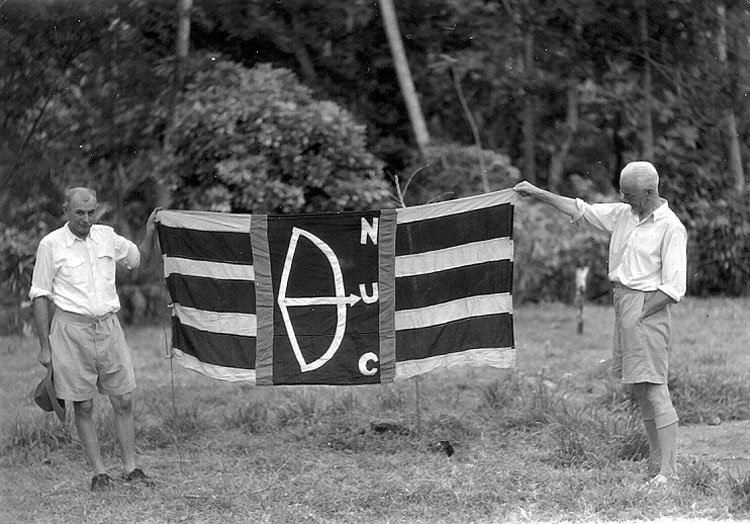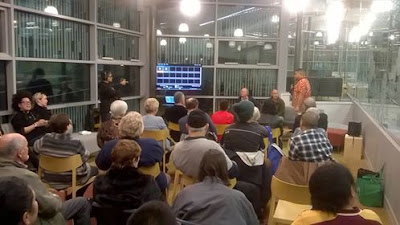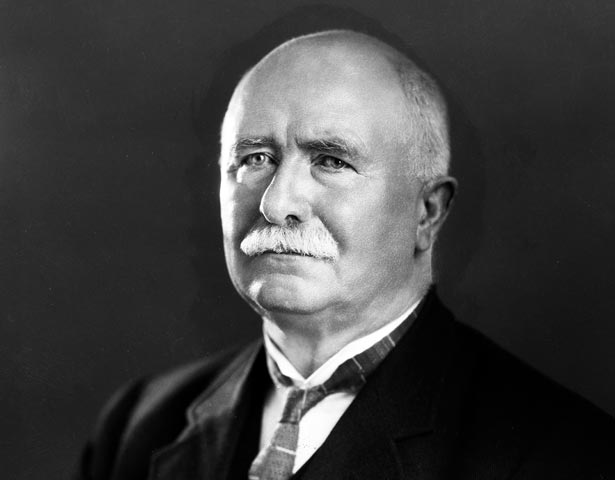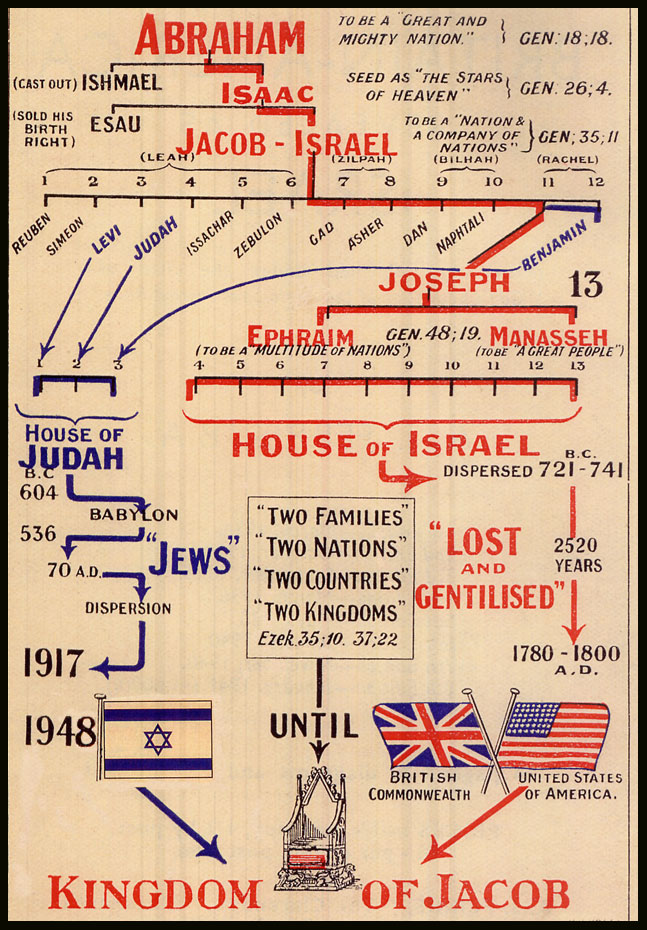Bob Dylan may be a child of continental America, but his Nobel Prize for Literature deserves to resonate through New Zealand and the rest of the Pacific.
For hundreds and sometimes thousands of years the peoples of this part of the world have spoken, chanted, sung, and danced literature, rather than written it down. Today, in societies like Tonga and Vanuatu, literature is still usually something that is heard, rather than read. Tongan punake compose music and dances to accompany the lines of their poems, and their compositions are performed at important public occasions like festivals and weddings.
Yet the oral literature of the Pacific is underappreciated by too many universities and publishers. There are exceptions, like the
magnificent collection of Tuvaluan songs issued as a bilingual book and a double CD set by the Institute of Pacific Studies, and
Atuanui Press' edition of Futa Helu's essays on Tongan poetics, but too many important poems remain unknown outside the islands were they are sung and danced.
Some writers have criticised the Nobel committee's decision to honour Dylan, and accused committee members of wanting to prove how trendy they are, at the expense of serious literature. But this sort of criticism ignores the fact that, in the West as much as the Pacific, great literature was traditionally sung or recited, rather than read. Sappho's poems were performed to the accompaniment of harps; Homer's Odyssey was a campfire tale.
On twitter today Dylan enthusiasts are arguing about his best songs and albums. The art critic Hamish Keith has claimed that the Nobel is a reward for the protest songs the young Dylan composed. I find a lot of those songs smug and didactic, and prefer to listen to some of the more mysterious, poetic songs Dylan recorded later in the 1960s.
My favourite Dylan lyric comes from 'Love Minus Zero/No Limits', a song included on the 1965 album Bringing It All Back Home. I love the song's use of paradox, and the way Dylan juxtaposes apparently unrelated images to create sudden jumps in scene and time:
My love she speaks like silence
Without ideals or violence
She doesn’t have to say she’s faithful
Yet she’s true, like ice, like fire
People carry roses
Make promises by the hours
My love she laughs like the flowers
Valentines can’t buy her
In the dime stores and bus stations
People talk of situations
Read books, repeat quotations
Draw conclusions on the wall
Some speak of the future
My love she speaks softly
She knows there’s no success like failure
And that failure’s no success at all
The cloak and dagger dangles
Madams light the candles
In ceremonies of the horsemen
Even the pawn must hold a grudge
Statues made of matchsticks
Crumble into one another
My love winks, she does not bother
She knows too much to argue or to judge
The bridge at midnight trembles
The country doctor rambles
Bankers’ nieces seek perfection
Expecting all the gifts that wise men bring
The wind howls like a hammer
The night blows cold and rainy
My love she’s like some raven
At my window with a broken wing
[Posted by Scott Hamilton]













